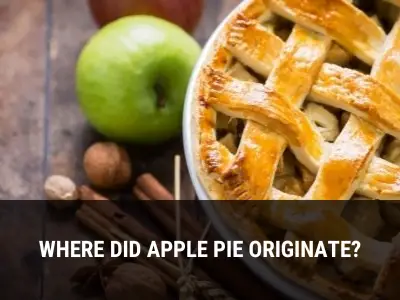Welcome to the whimsical world of Disney, a realm populated by beloved characters whose stories have captured the hearts of audiences for generations. Beyond the famous faces like Mickey Mouse and Cinderella lie a treasure trove of enchanting characters that may not have basked in the spotlight but are equally charming and endearing. In this delightful journey, we’re delving into the depths of Disney’s history to unearth 20 of the most obscure yet intriguing characters that have graced the screen or pages of Disney tales. Join us as we shine a light on these lesser-known gems, each with its unique story and a dash of Disney magic.
The List of the 20 Most Obscure Disney Characters
20. Marcus Mouse
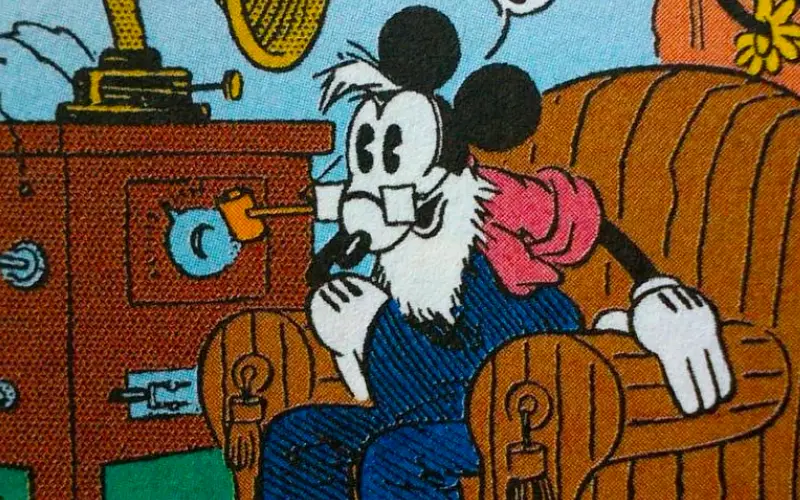
Marcus Mouse, the strict patriarch of the Mouse family, is Minnie’s father, engaged in farming and oversees their family farm along with his wife. His initial appearance was in 1930 in an illustrated Mickey Mouse verse titled ‘A ‘Pot’ Shot.’ During this early appearance, he remained nameless and was depicted hurling a pot at Mickey’s head as Mickey serenaded Minnie.
The character was officially named in Floyd Gottfredson’s work, “Mr. Slicker and the Egg Robbers,” where Marcus Mouse was presented as a farm owner. In a subsequent comic titled “Boxing Champion” by the same artist in 1931, Minnie’s parents make a brief return, depicted listening to Mickey’s boxing match via the radio.
19. Ortensia
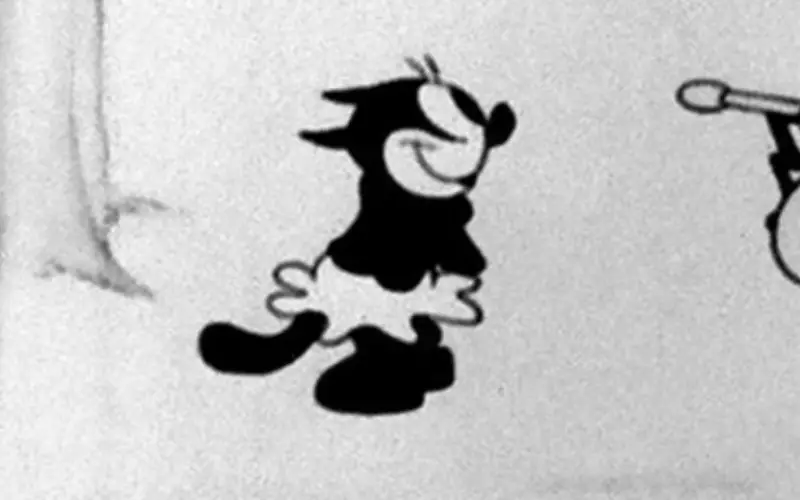
Ortensia, an anthropomorphic cat, made her debut in the 1927 short film “The Banker’s Daughter” as Oswald the Lucky Rabbit’s romantic interest. She is often portrayed in a simple skirt and a small flower hat, embodying the role of J. P. Whiskers, the affluent banker’s daughter.
During Disney’s initial shorts between 1927 and 1928, Ortensia featured in eight cartoons, taking over the role from Fanny, a seductive rabbit who was initially Oswald’s companion. However, Ortensia’s presence dwindled after a financial disagreement with producer Charles Mintz.
18. Felicity Fieldmouse
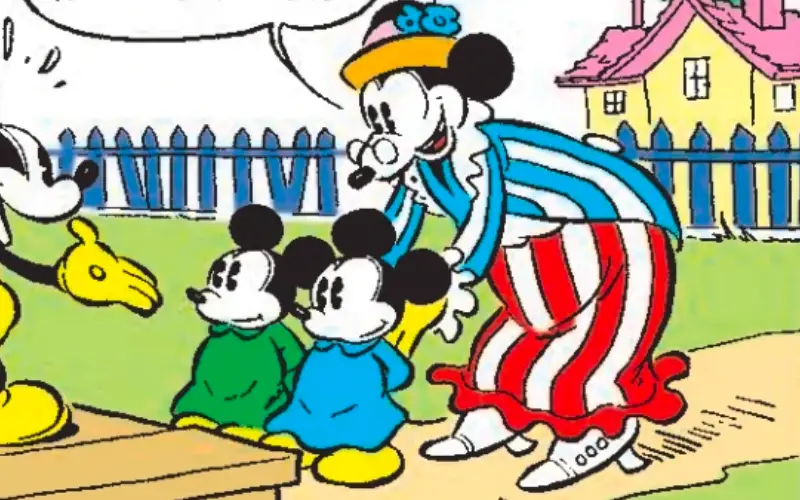
Felicity Fieldmouse, an anthropomorphic mouse, holds the role of Mickey Mouse’s elder sister and is the mother of Morty and Ferdie. Her initial appearance was in the 1932 debut strip of Morty and Ferdie, titled “Mickey’s Nephews.” In this strip, she is depicted as a mouse lady arriving at Mickey’s house and leaving the twins in his care while she attends to an errand.
In the original English rendition, she lacked a specific first name and was simply referred to as “Mrs. Fieldmouse.” In these early strips, Mrs. Fieldmouse was not portrayed as Mickey’s sister; instead, she bore more resemblance to an elderly relative, and Mickey addressed her as “Mrs. Fieldmouse.” However, in subsequent comics, upon reintroduction, her role was revised to that of a sibling, and she was given the name Felicity.
17. Alice
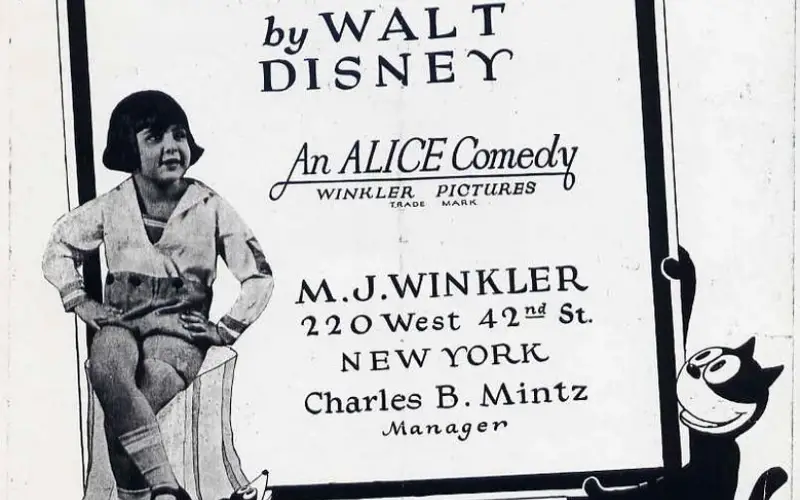
“The Alice Comedies” stands as a pioneering American short film series crafted by Walt Disney during the 1920s. The series unfolds with a live-action young girl named Alice and an animated cat named Julius embarking on adventures within an animated realm. Throughout the series, four different actresses took on the role of Alice, commencing with Virginia Davis in 1923.
Following the completion of the initial film, financial troubles besieged the studio, compelling it to cease operations. Walt Disney, to finance his aspirations, resorted to freelance photography and managed to secure a one-way train ticket to Los Angeles. His objective was to pitch proposals for the Alice series, seeking a distribution deal. Eventually, this was realized through Winkler Pictures, overseen by Margaret J. Winkler and her fiancé, Charles Mintz.
Read More Fun Facts
Learn more fun facts with Trivia Mastermind content.
16. Della Duck
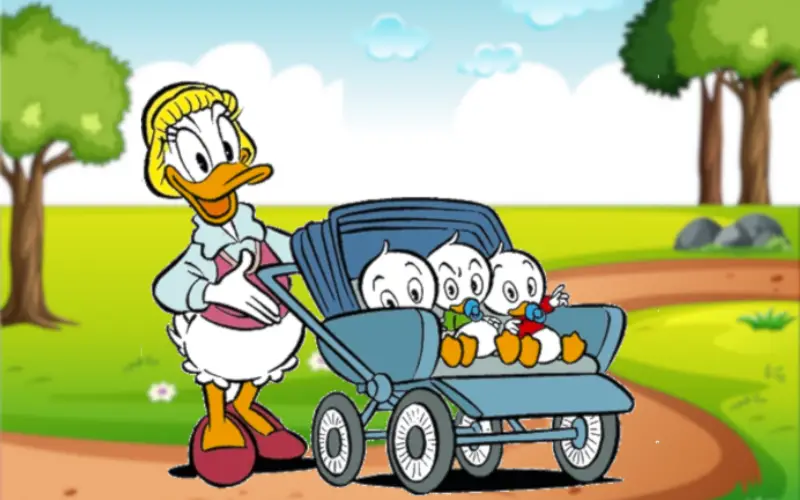
Della Duck, also recognized as Dumbella Duck or Thelma Duck, holds the role of being Donald Duck’s sister and the offspring of Hortense McDuck and Quackmore Duck. Additionally, she is the maternal figure to Huey, Dewey, and Louie, who are Donald’s triplet nephews.
However, details about Della remain shrouded in mystery as she has made infrequent appearances in stories. Certain sources suggest that Della and Donald share the bond of being twins.
15. Oswald the Lucky Rabbit
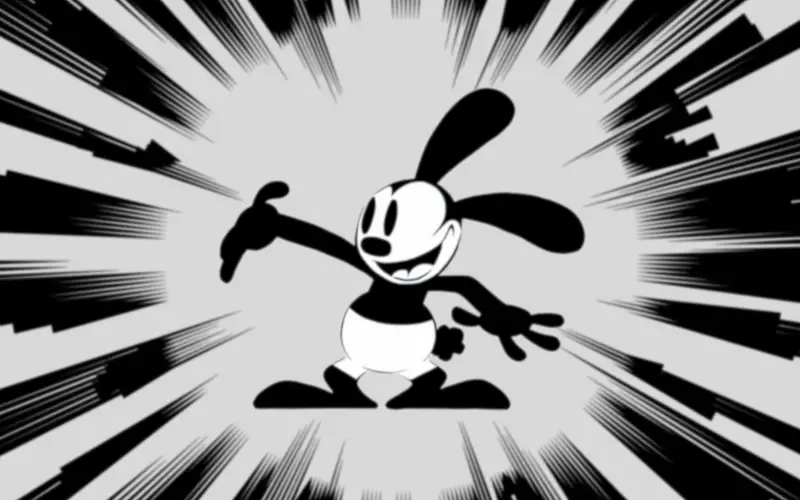
Oswald the Lucky Rabbit, a creation of Walt Disney and Ub Iwerks for Universal Pictures, made his debut in the short film “Trolley Troubles” on September 5, 1927. Oswald gained fame for his unique ability to dismantle and reshape his body parts at will. He is recognized for pioneering “personality animation,” wherein cartoon characters express identifiable emotions. Oswald often exhibited a haughty, feisty, and overzealous demeanor, leading to comical escapades that tested the limits of his trademark luck.
Following a financial dispute with producer Charles Mintz, Disney, along with Iwerks and a small loyal team, parted ways from the Oswald series. This departure marked the beginning of their independent creation, Mickey Mouse, who succeeded Oswald.
14. Thunderbolt
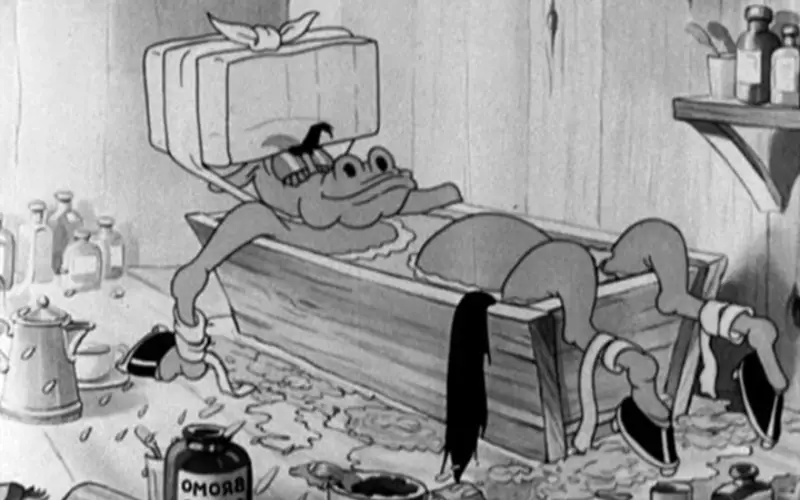
Thunderbolt, a racehorse facing minor alcohol-related issues, takes the spotlight in the 1933 Mickey Mouse short film “The Steeple-Chase.” In this tale, Mickey assumes the role of Thunderbolt’s jockey, guiding the prized horse for the upcoming steeplechase. However, a mishap occurs when Thunderbolt stumbles upon a bottle of moonshine and indulges. This unexpected event prompts Mickey to improvise by dressing up two stable hands as a horse and participating in the race to avoid disappointing the Colonel.
13. Glory-Bee
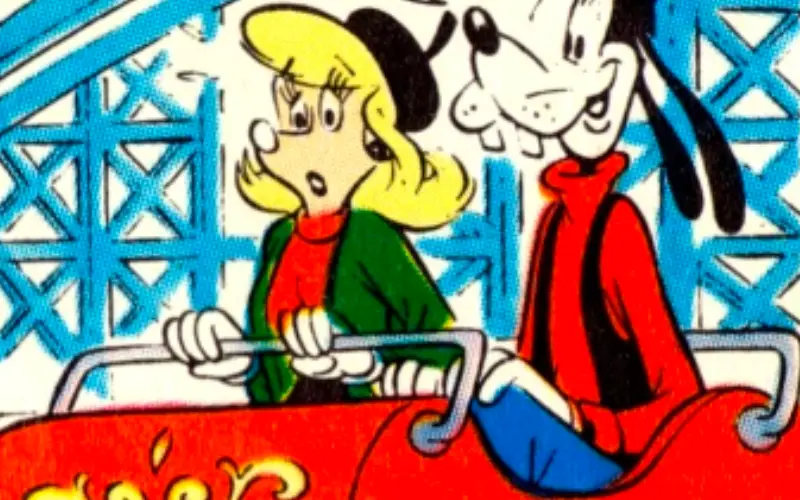
Glory-Bee, introduced as Goofy’s romantic interest, made her debut in a Mickey Mouse daily strip on June 19, 1969, often featured as a prominent character. Bill Walsh was the original creator of this character, and she was seen in various “Mickey Mouse” dailies by Floyd Gottfredson and other instances scripted by Del Connell and illustrated by Manuel Gonzales.
Glory-Bee is portrayed as a slender, attractive blonde lady with a canine nose. Despite her amiable and affable nature, she tends to exhibit a somewhat scatterbrained disposition, potentially leading to her eventual removal from Goofy’s narrative.
Play Trivia!
Challenge yourself and play trivia questions with answers and explanations.
12. Peter Pig
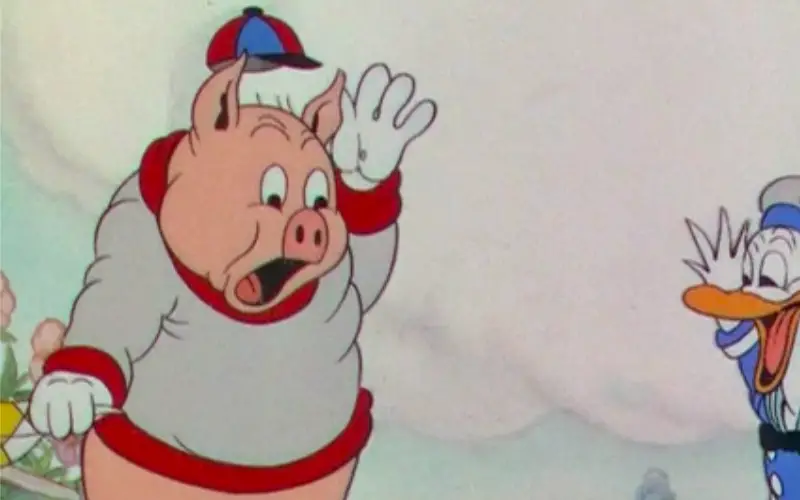
Peter Pig, making his first appearance in The Wise Little Hen, was a character that reappeared in several classic animated works like The Band Concert, The Riveter, and All Together. Additionally, he found a place in various Disney comics.
In Who Framed Roger Rabbit, Peter Pig is depicted in his Wise Little Hen form, and in Mickey’s Christmas Carol, he takes on a role as one of the dancers during Fezziwig’s party. Another appearance of Peter Pig is in the Mickey Mouse episode “The Adorable Couple,” where he is part of a band reminiscent of The Band Concert.
11. Madeline Mouse
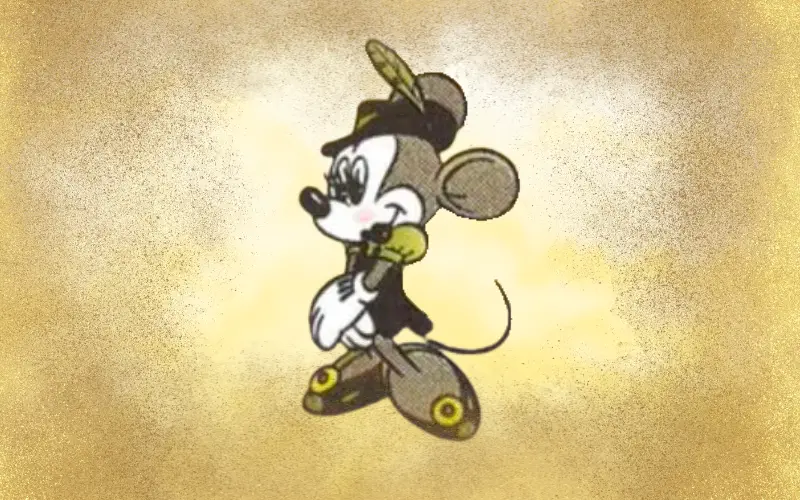
Madeline Mouse, Mickey’s urban cousin with blonde features, made her debut in “Love Trouble,” a serial strip that was published from April 14 to July 5, 1941. Though described as blonde within the story, in certain printings, she has been depicted with a distinct yellow fur color.
A small depiction of her can be found on Mickey’s informal family tree. However, Madeline only played a role in the comic strip’s storyline for a brief period in 1941.
10. Goldie
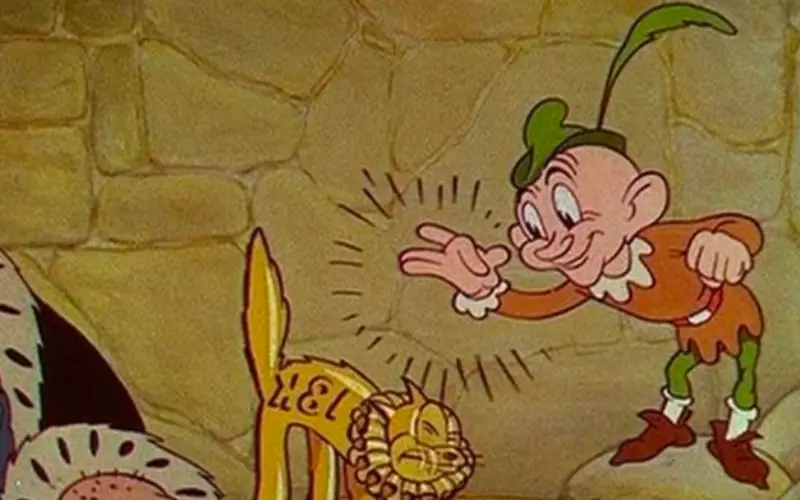
In the 1935 Walt Disney short film “The Golden Touch,” a character named Goldie bestows King Midas with a magical ability – the power to turn everything he touches into gold. Initially delighted by this newfound ability, Midas gleefully transforms everything around him into gold. However, he soon realizes the dire consequences, particularly the lack of food as everything, including his meals, turns into gold. Ultimately, he trades the golden touch and even his castle for a humble hamburger.
Not entirely satisfied with how some of his other directors approached this short film, Walt Disney took matters into his own hands and directed it himself, a departure from his directorial role for the past five years. However, in hindsight, Walt considered this venture to be a major misstep and went to the extent of forbidding his staff from discussing it further.
9. Trudy Van Tubb
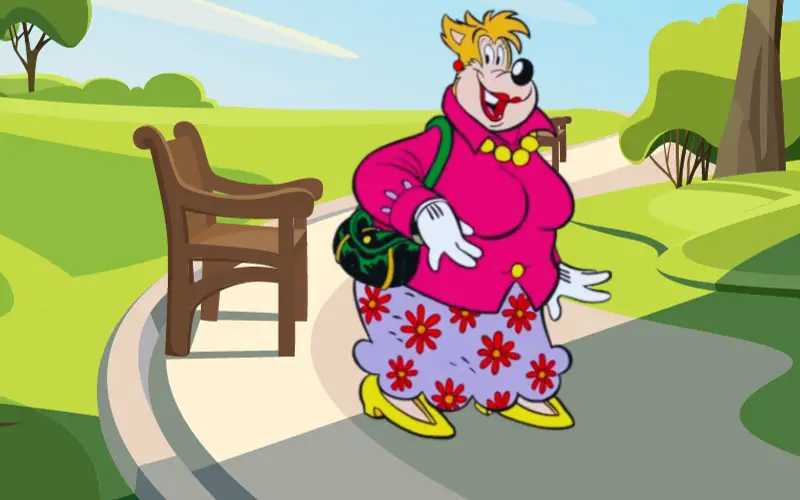
Trudy Van Tubb, a creation of Romano Scarpa, made her debut in “Topolino e la collana Chirikawa” (Mickey and the Chirikawa Necklace) in 1960. She is depicted as Pete’s girlfriend within the comic stories.
Despite her robust physique, Trudy embodies a distinctly feminine nature and often exhibits concerns about her appearance. Over time, she has gained popularity as a prominent character in Italian comics, with various writers, not limited to Scarpa, exploring her in different narratives.
In the Young Donald Duck comic series, Trudy was portrayed not only as being of the same age as Mickey and his friends but also as a kind-hearted character, forming friendships within the group.
Read More Fun Facts
Learn more fun facts with Trivia Mastermind content.
8. Pedro
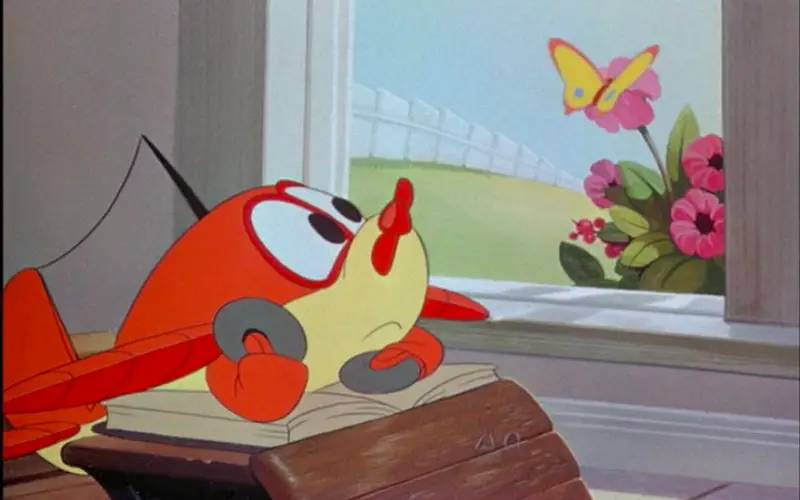
“Pedro” is an animated Disney short originally featured as the second segment of Saludos Amigos. Later, it was released as a standalone short on May 13, 1955, by RKO Radio Pictures.
The storyline follows Pedro, a diminutive airplane residing with his family in Chile. Instructed by his parents to navigate the hazards on his mail route carefully, Pedro embarks on a challenging journey. Despite the perils, he successfully completes the route and joyously reunites with his parents, filling them with pride and instilling a sense of pride in Pedro himself.
Over the years, Pedro made numerous cameo appearances, notably in the film “Who Framed Roger Rabbit” and as a guest character in “House of Mouse.”
7. Humphrey the Bear
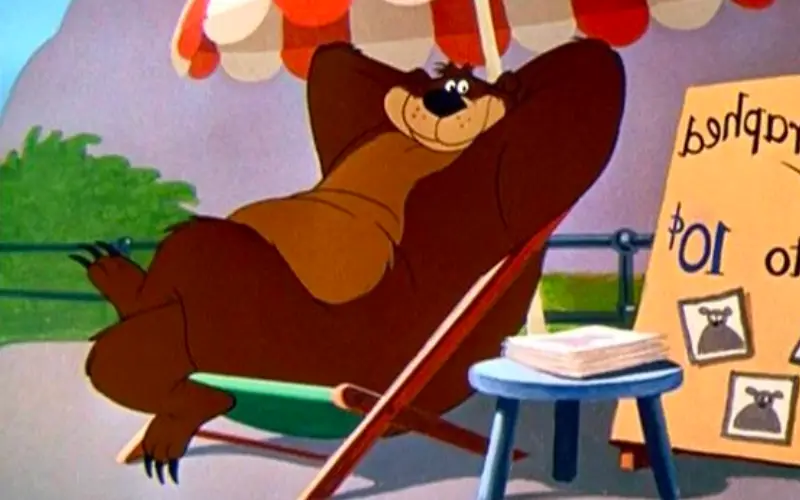
Humphrey the Bear, a ravenous brown bear, made his debut as an unnamed character in the cartoon “Hold That Pose” on November 3, 1950. Three years later, Jack Hannah breathed new life into the character, establishing him as a recurring rival of Donald Duck, starting with the cartoon “Rugged Bear” in 1953.
Despite emerging relatively late in the Walt Disney Productions’ shorts department, Humphrey swiftly gained immense popularity. He achieved the distinction of being the final Disney character to have his own cartoon series, commencing with “Hooked Bear” on April 27, 1956. However, due to the discontinuation of animated shorts shortly after, Humphrey’s series had a brief run.
6. Pluto, Jr.
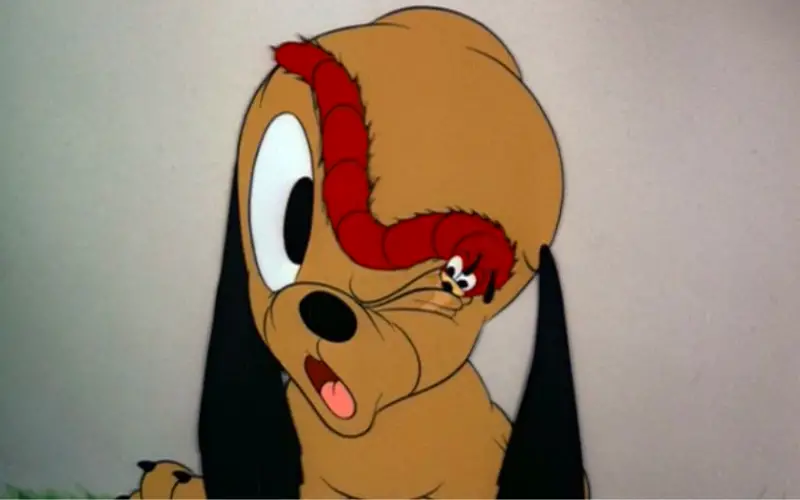
The design of Pluto Junior closely mirrors that of Pluto Senior, albeit being a smaller rendition. Junior sports a more circular head and a plumper physique. While most features resemble his father, his ears droop down straightly and are noticeably shorter.
Pluto Junior is a playful offspring of Pluto and Fifi. Initially an anonymous pup, he made his debut in “Pluto’s Quin-puplets,” distinguishing himself as the sole sibling among four to have a given name.
5. K.B
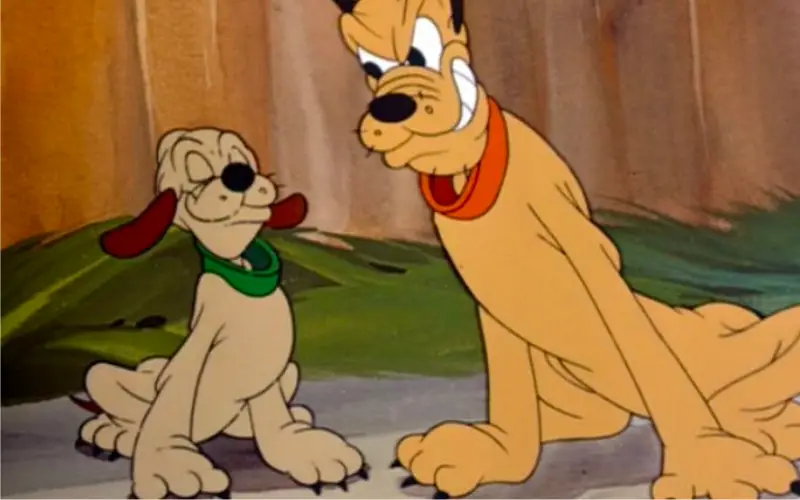
Pluto’s younger brother, affectionately nicknamed “K.B.,” stars in a Disney short where he finds himself in a series of mishaps despite Pluto’s attempts to guide him. Pluto uncovers that Butch the Bulldog has coaxed K.B. into sneaking into a meat market to pilfer sausages. In the nick of time, Pluto intervenes just as the burglar alarm blares, and the brothers manage to escape without getting caught.
This singular short marks K.B.’s only appearance in the series.
Play Trivia!
Challenge yourself and play trivia questions with answers and explanations.
4. Gremlins
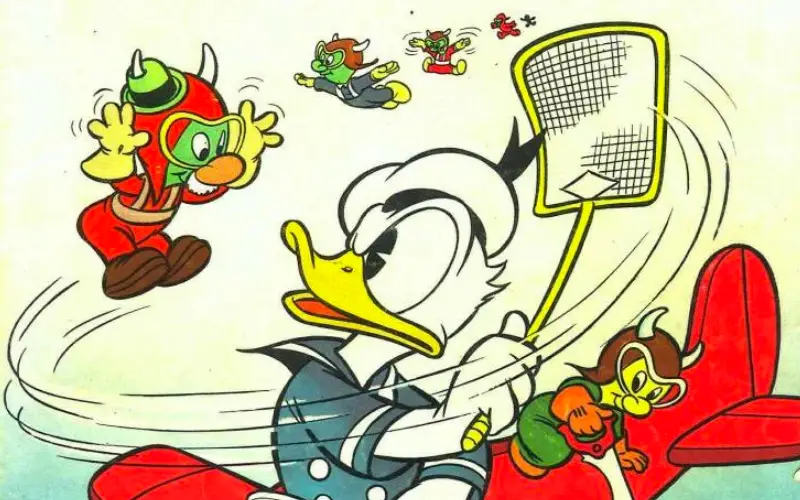
The Gremlins, envisioned by Disney and Roald Dahl for a 1940s film project that never came to fruition, found alternative outlets for expression. They made their mark on military insignia, a Disney-illustrated storybook based on Dahl’s original narrative, and made numerous appearances in comic books during the wartime era. Later, in 2008, the Gremlins resurfaced in the “Return of the Gremlins” comic book miniseries by Dark Horse Comics, a revival of the original storybook, and the Epic Mickey video games.
3. Donna Duck
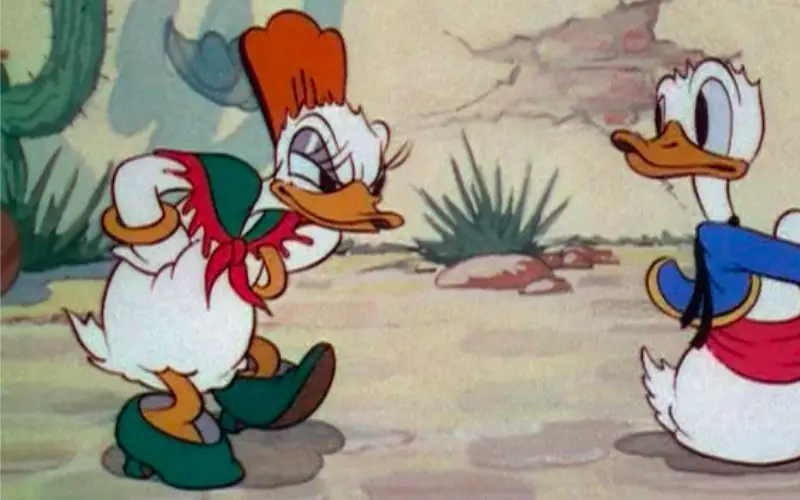
Donna Duck, an earlier character in the Duck universe, holds a significant position as Donald Duck’s first romantic interest, predating Daisy Duck. Her debut was in the 1937 theatrical short “Don Donald,” a crucial introduction of a romantic aspect to Donald’s character. However, it’s important to highlight that Donna and Daisy share little resemblance beyond their gender and feisty temperament. Donna essentially represents a female counterpart to Donald, mirrored in both design and voice.
Donna reappeared in the 1940 comic story “Mr. Duck Steps Out,” as well as in Bob Karp’s Donald Duck daily comic strips from 1951 and a 2012 comic titled “Too Many Donalds” by Lars Jensen and Carlos Mota. It’s worth noting that, despite these various appearances, some Disney sources erroneously equate Donna with Daisy.
2. Foxy Loxy
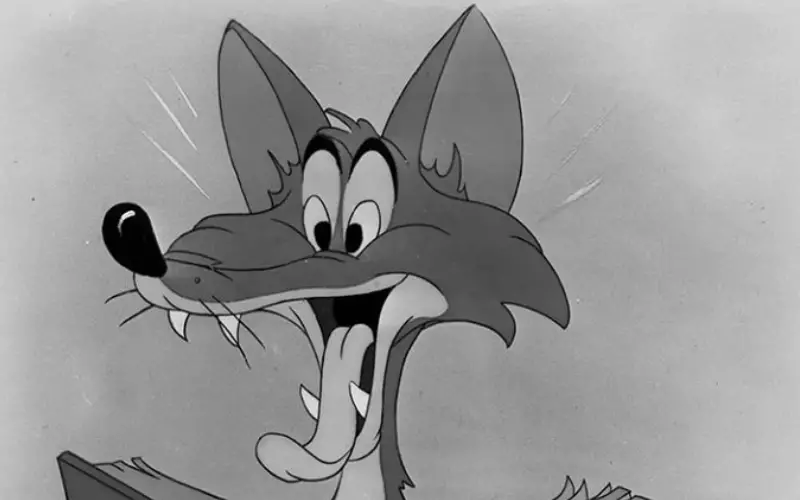
Foxy Loxy, the primary antagonist in the 1943 animated short “Chicken Little,” employs cunning strategies. Utilizing both a Psychology book and his own manipulative skills, he deceives various poultry—chickens, turkeys, geese, and ducks—enticing them into his cave for consumption. Remarkably, he stands out among Disney villains as one of the few who successfully executes their sinister schemes.
In contrast to the feature-length film released 62 years later, this short adheres closely to the original tale. It served as war propaganda during World War II, carefully omitting Nazi symbols from the original drawings to avoid dating the creation, a decision made by Disney at the time.
1. Professor Owl
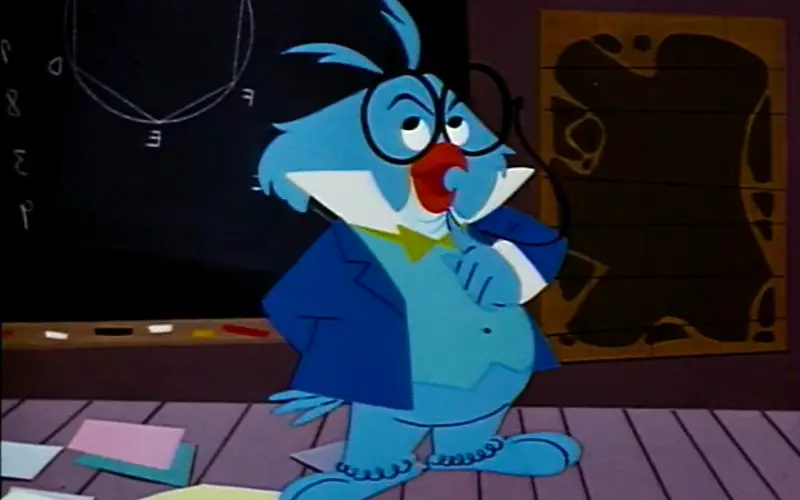
Professor Owl, a blue owl and schoolteacher, stars in two Disney animated shorts: “Melody” and “Toot, Whistle, Plunk and Boom.” Later, he becomes the host of Disney’s Sing-Along Songs.
Initially featured in “Melody,” Professor Owl takes on the role of a teacher within a school of birds. This school is situated in a birdhouse reminiscent of the one-room schoolhouses from the era. The envisioned “Adventures in Music” series, however, didn’t come to fruition, resulting in Professor Owl making only a few appearances in stock footage on Disney home video releases, where he introduced other more well-known characters.
Conclusion
Disney’s expansive universe is a testament to creativity and imagination, and within this vast realm, we’ve explored the hidden corners where lesser-known characters reside. These 20 obscure Disney characters, though often overshadowed by the more popular icons, hold a charm and allure of their own. They remind us that the magic of Disney extends far beyond the limelight, showcasing the depth and breadth of creativity that has fueled the Disney legacy. From unsung heroes to quirky sidekicks, these characters have contributed to the rich tapestry of Disney’s storytelling, each leaving a small but indelible mark on the hearts of Disney enthusiasts around the globe. As we celebrate the lesser-known, we also celebrate the boundless creativity and wonder that is Disney.
Read More Fun Facts
Learn more fun facts with Trivia Mastermind content.
Play Trivia!
Challenge yourself and play trivia questions with answers and explanations.


